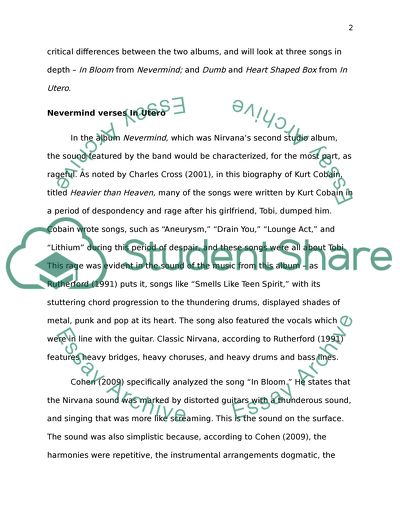Cite this document
(“Compare and Contrast the production in Nirvana's albums 'nevermind' Essay”, n.d.)
Retrieved from https://studentshare.org/music/1467020-compare-and-contrast-the-production-in-nirvana-s
Retrieved from https://studentshare.org/music/1467020-compare-and-contrast-the-production-in-nirvana-s
(Compare and Contrast the Production in Nirvana's Albums 'Nevermind' Essay)
https://studentshare.org/music/1467020-compare-and-contrast-the-production-in-nirvana-s.
https://studentshare.org/music/1467020-compare-and-contrast-the-production-in-nirvana-s.
“Compare and Contrast the Production in Nirvana's Albums 'Nevermind' Essay”, n.d. https://studentshare.org/music/1467020-compare-and-contrast-the-production-in-nirvana-s.


